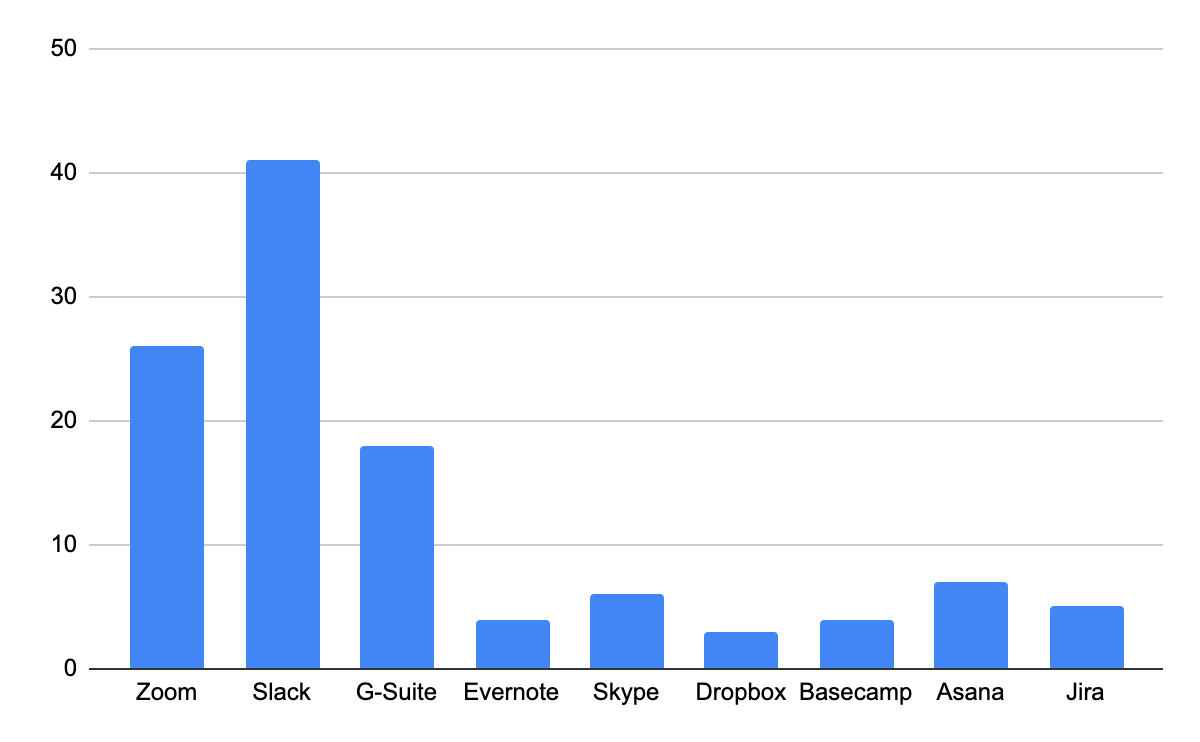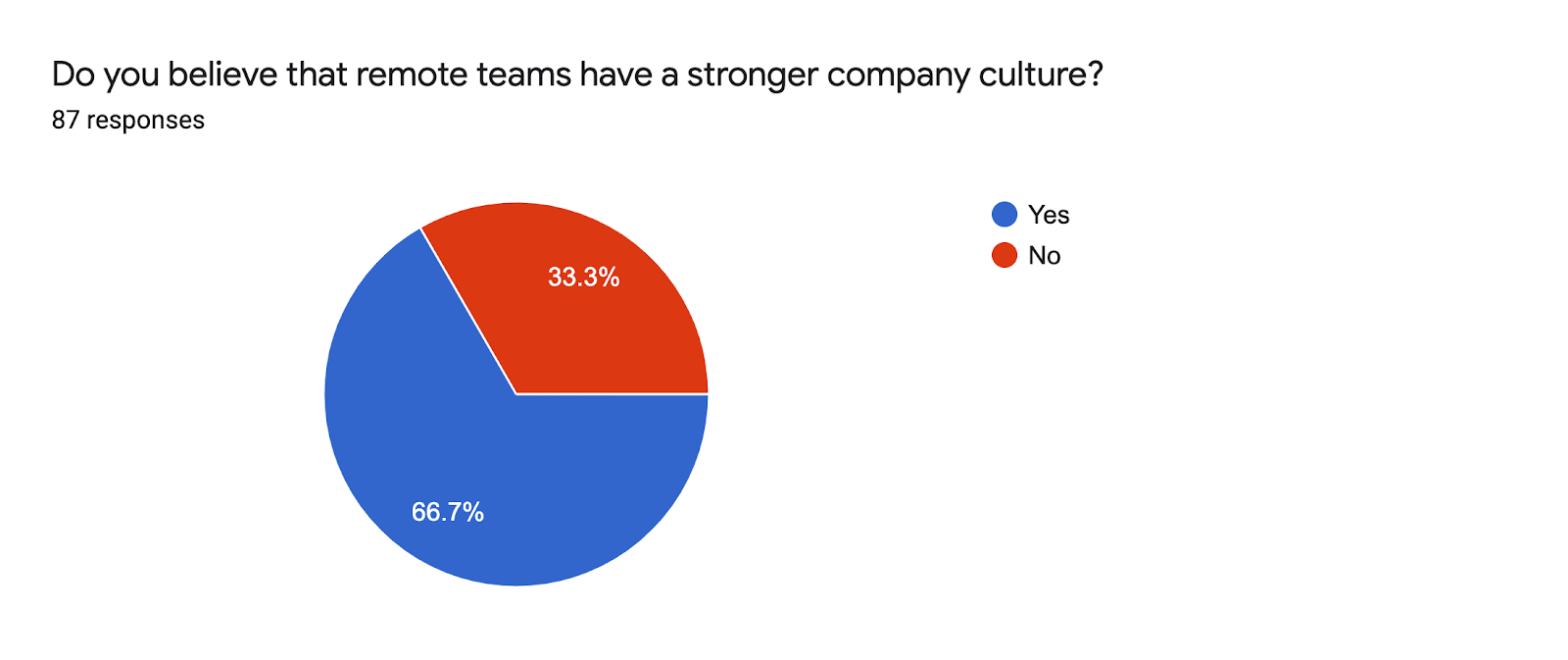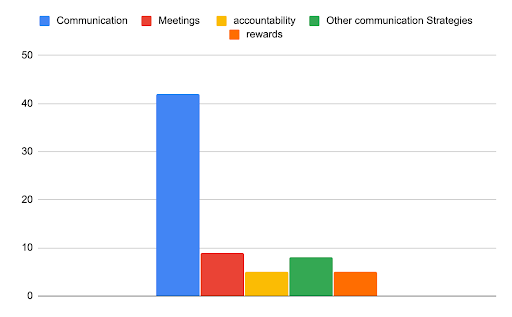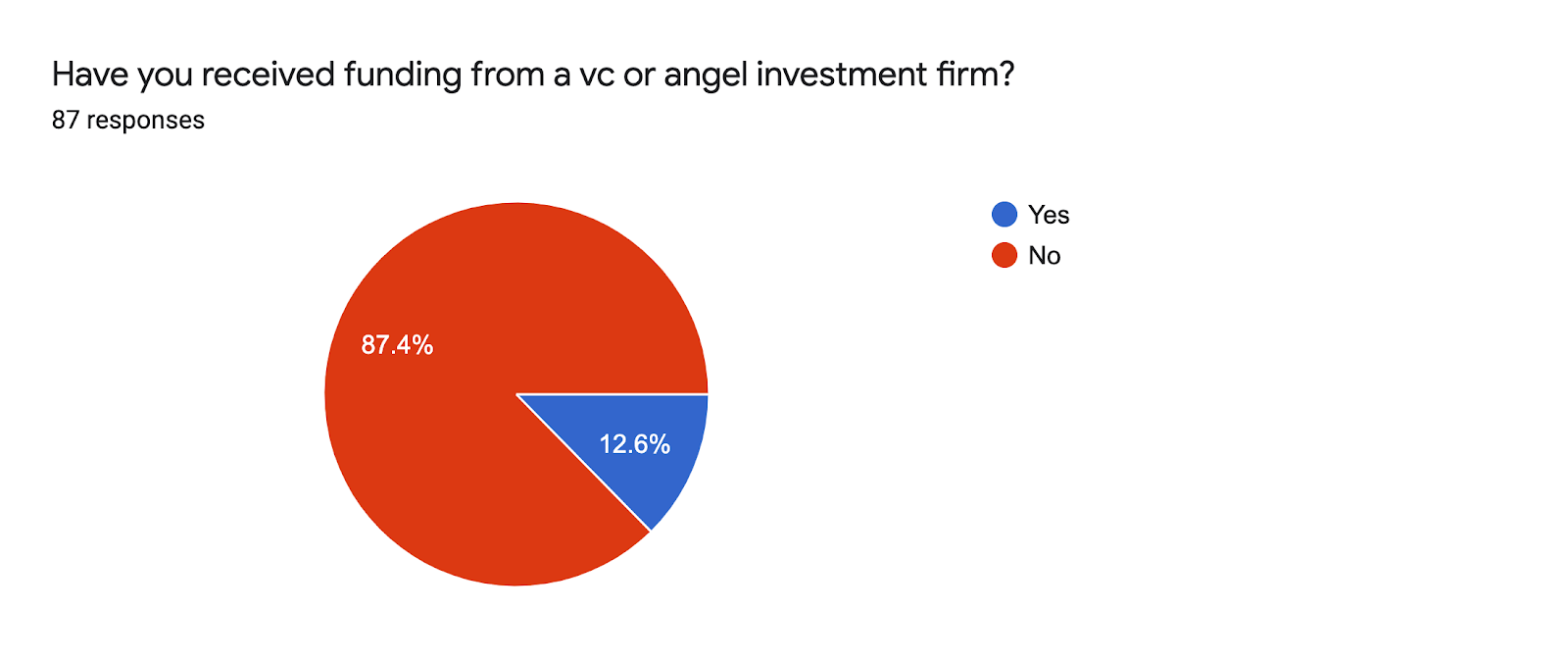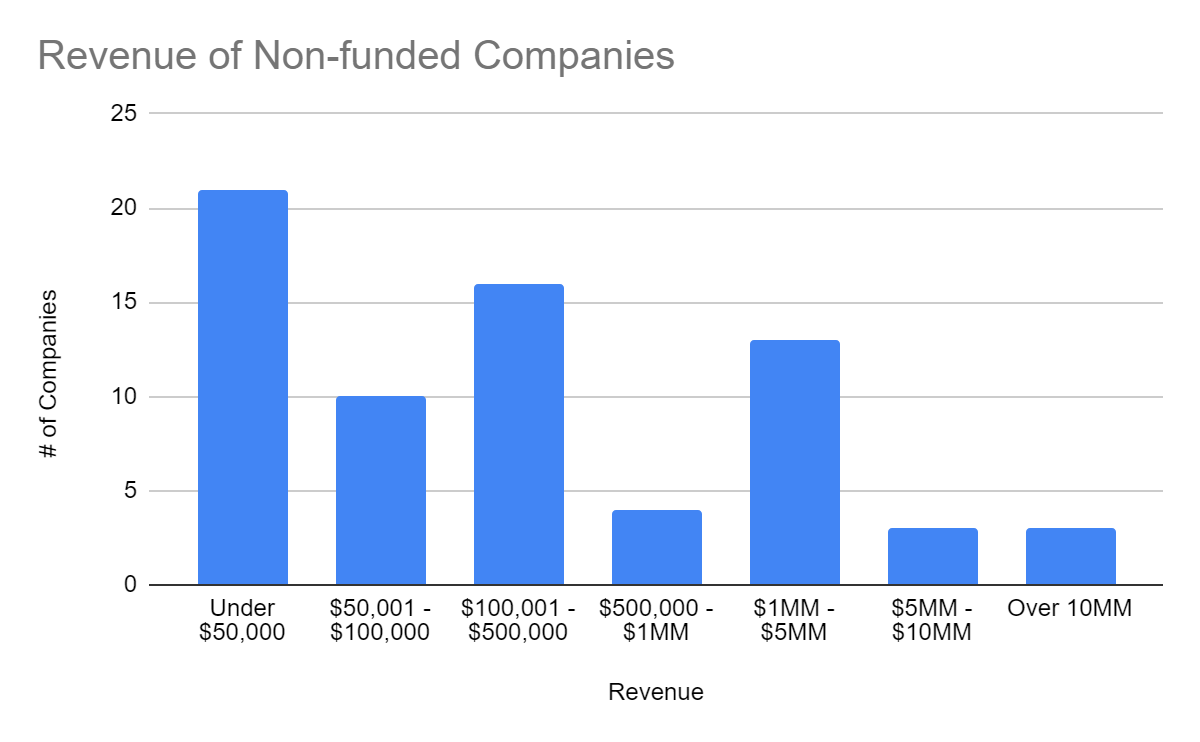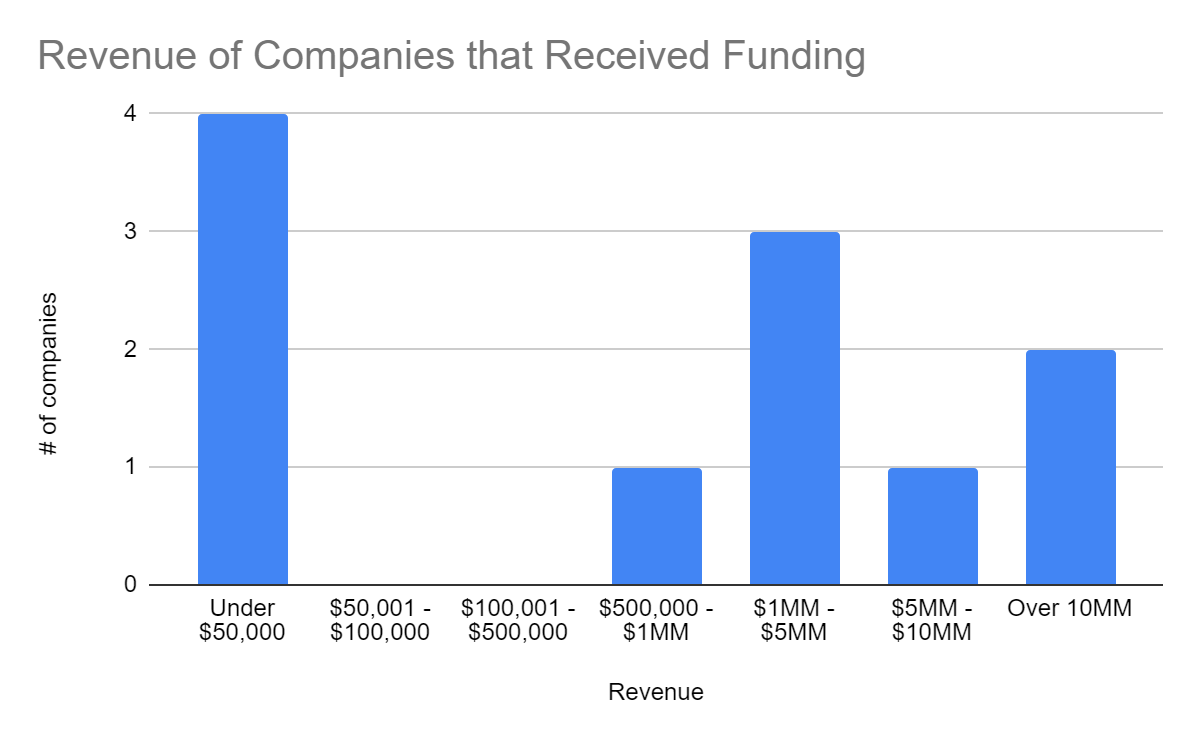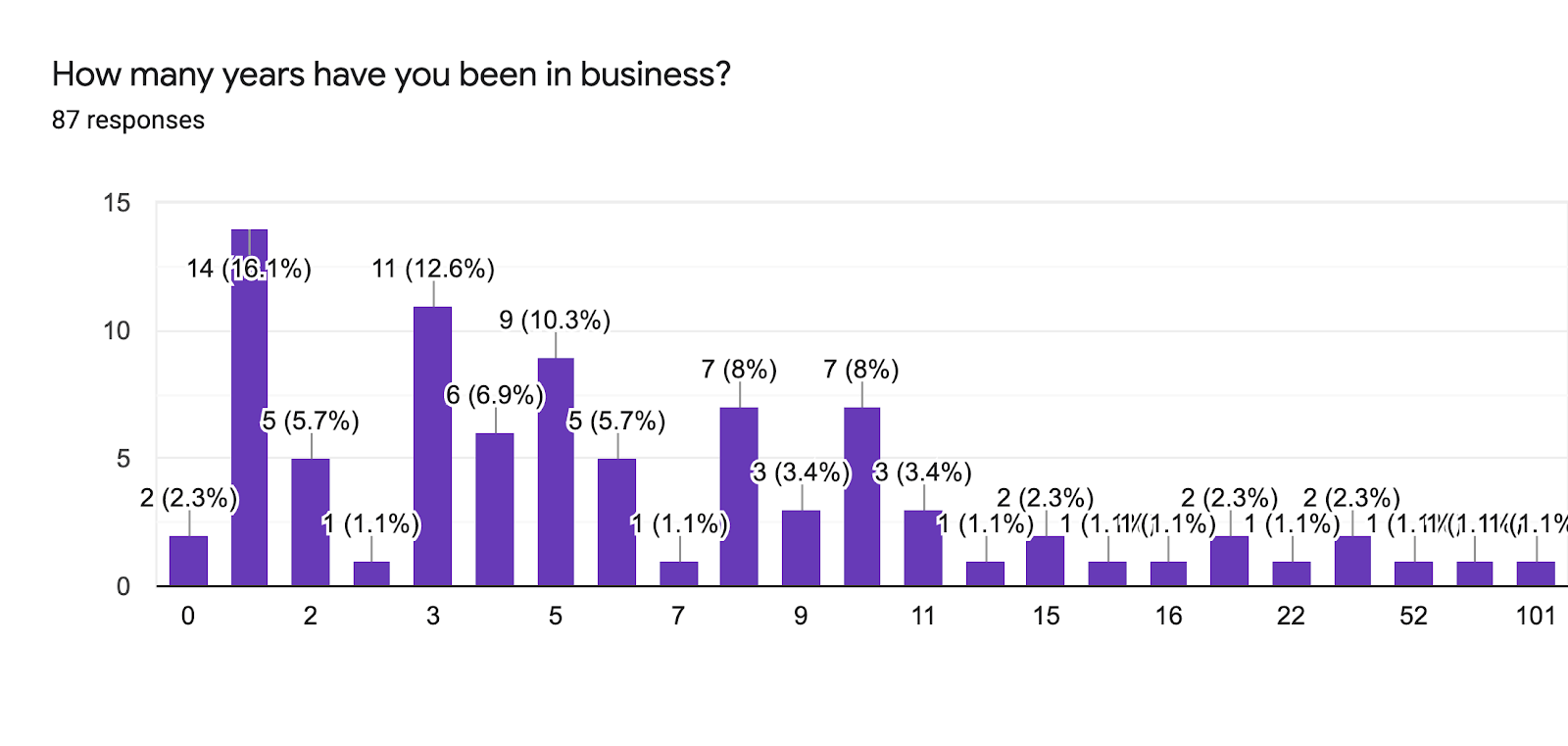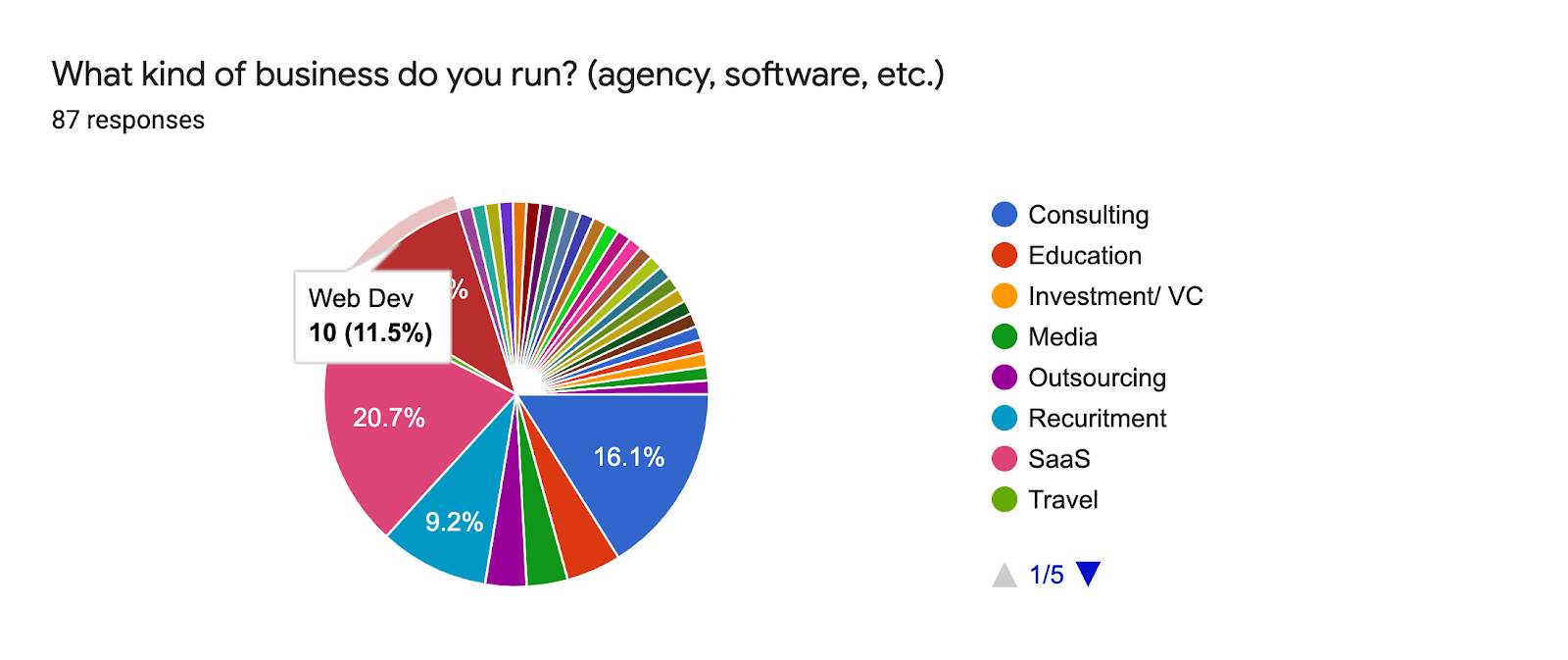Remote work has been around for a few years, but today it is a critical business enabler.
Advancements in technology, digital natives filling up company ranks, and a list of successful remote-first companies are driving the shift towards distributed teams.
In the last few years, there have been many reports analyzing opportunities with respect to remote work or why remote work is the future of work. When the idea of this report was born, we started whiteboarding the purpose of this report— we didn’t want it to be yet another report on remote work.
It was clear to us that we did not want to identify remote work opportunities, but to have an in-depth understanding of the trends across the remote work landscape.
This report is dedicated to uncovering the challenges, best practices, and motivation not only for employees but also for managers and employers to identify unmet gaps in remote work to support and help make work happen from anywhere.
Remote work in the time of COVID-19
Two years ago, about 5 million people were working from home on a part-time basis.
As plenty of companies were still warming up to the idea of a distributed workforce, the COVID-19 pandemic pushed them to embrace remote work. At this point, many companies are implementing remote work policies.
Companies like Shopify have announced that they will be fully remote and keeping their offices closed until the end of 2021, and possibly permanently. The COVID-19 crisis will change the idea of the workplace as we know it, and remote work is expected to become commonplace.
This State of Remote Work report is based on a survey of about 87 people working remotely. We have curated this survey to understand remote working trends in different industries and landscapes.
Insights
Team management apps remote workers can’t do without
Remote work comes with its challenges.
Unlike companies where everyone is under the same roof at the same time, remote communication is asynchronous.
In simple terms, asynchronous communication is any type of communication where you don’t expect an immediate response.
Therefore, it comes as no surprise that communication and collaboration apps were rated the most used remote management apps.
Internal communication- the big fish
Slack, a can’t-do-without tool for remote teams has enabled many possibilities for distributed teams— a place for water-cooler chats, brainstorming, sharing photos, comparing notes, polls in slack staying abreast of industry news, etc. The ability to hold synchronous conversation with the same ease as asynchronous conversation within the same app keeps employees hooked to Slack.
Slack’s integration with other communication apps like Zoom, Skype, Google+ Hangouts helps remote employees stay aligned with their teammates from within the app.
COVID-19 transformed how meetings are conducted overnight— they moved from conference rooms to Zoom rooms. Many companies maintain their unified company culture with the help of video communication tools, going so far as having Zoom parties; because there’s no substitute for face-to-face time with your team.
Streamlined technology that facilitates those involved to participate freely is important for successful collaboration. G Suite emerges a clear favorite for teams that require collaboration and effort of multiple knowledge workers.
These apps help remote users collaborate, communicate, and share ideas with co-workers and managers with ease and efficiency.
Do remote teams have a strong organizational culture?
When it comes to distributed teams, culture is a huge topic. Teams working in an office environment have an easier time building culture compared to remote teams. However, it is also possible for these teams to discount culture as a topic, with the expectation that it is something that happens instinctively as the company grows.
Why respondents believe that their remote organization has a strong culture
The impetus in remote companies is stronger as they strive in a number of ways to seal the gaps that can arise from not working in a physical office environment.
Remote-first companies go the extra mile to ensure that the remote work experience creates an inclusive and welcoming attitude and does not make employees feel isolated.
66.7 percent of the people who took the survey mentioned remote teams have a strong company culture, and why not? When it is possible for companies with offices to have a dysfunctional culture, the reverse is quite possible too.
Top tips for maintaining a strong remote company culture
Most job descriptions hiring for a remote position advertise that they are looking for a good communicator. This is because remote work presents a unique challenge when it comes to sharing knowledge in a team. Employees can’t simply walk over to a colleague’s desk for a quick chat in the middle of the day or shout over a wall when they need assistance with something.
Communication is like oxygen for remote teams
Effective communication has always been the backbone of remote-first teams. Today, remote companies have created processes, guidelines, and handbooks for productive and effective communication.
Scheduling calls regularly, asking for communication preferences, being mindful of time zones, prioritizing video calls, are some areas where companies can focus to steer clear of potential issues that can arise with remote communication.
Meetings go hand-in-hand with communication to ensure that all employees are updated and are on the same page. There’s no substitute for a quick live conversation that allows teammates to bond and build empathy.
For distributed teams that experience and communicate with team members only through online video and chat tools, team retreats once a year give the required boost to propel long-term teamwork.
Many companies use this opportunity to listen, communicate, and develop bonding that happens from random exchanges in hallways within a traditional office.
In order to have more impactful conversations it’s worth to consider developing your team’s interpersonal skills with training sessions. This can enhance the interactions among employees acknowledging that this could be a challenge when working remotely.
Do VC-led firms drive the remote work movement?
In the past, not many venture capitalists or angel investors were open to investing in companies with distributed teams. Despite the many advantages associated with the remote work concept, the reluctance regarding administration and productivity in a remote-only setup held them back.
Investors embrace remote work
In our survey, 87.4 percent of the respondents are from companies that did not receive funding. Do we think this means VCs are not ready to fund companies with remote teams? Not really. The correlation between VC funding and remote companies does not imply causation that a majority of our survey respondents were not funded.
Data in favor of distributed teams is seeing an upward trend— which can’t be looked the other way by investors. Employee payroll and office overheads, which account for about 70 percent of the costs in a company, can be done away with a distributed workforce. This ensures a slower burn rate, which is enough persuasion for more and more investors to invest in all-remote companies.
Does VC funding make a difference in the revenue of remote companies?
We tried to understand if raising venture capital or angel funding made a difference in a company’s annual revenue. The results in the above two graphs indicate that there’s no firm correlation between funding and revenue— there isn’t a sizable difference in the revenue between companies that raised funding and those who didn’t.
What is the average age of these remote companies?
We wanted to understand if young companies were more open to the idea of a distributed workforce than relatively older companies.
Why is the average remote-first company 3 years or younger?
Around 33 of the 87 companies that responded to this survey were established in the last three years and started as remote-first companies. Here are multiple reasons why.
The legalities, infrastructure, and software for managing a remote workforce have been well documented and established in the last few years. A company that wants to launch distributed teams does not have to worry about technology glitches—there are many remote companies to emulate from.
A large part of remote work is employees feeling inspired, which comes from employers trusting employees with their work. Leaders, managers, and employees no longer think it’s absolutely necessary to be in the same room every day to get the work done. This mindset shift has been a primary reason for a lot of young companies and start-ups to go remote from day one.
Side hustle—employment undertaken alongside full-time work for an additional income, and possibly as a means to pivot full-time— has been gaining traction in the last couple of years. As more leaders understand and emphasize the importance of a side hustle for maximum performance in their jobs, they’re open to giving employees the independence of not being tied to a location.
What is the typical size of a distributed team?
The size of a team depends on factors like the objective of the project, department, company goals, etc.
As we saw in the previous section, most companies embracing remote work are relatively nascent and in the growth stage. Most of the respondents managed a team of 5 and lesser, including contractors.
Remote work is more prevalent in some industries than others
We wanted to understand if there exists a correlation between the industry and the prevalence of remote work.
Why SaaS companies are more remote-friendly than others
The majority of the respondents are from SaaS, with Consulting coming a close second.
The SaaS model is an organic fit for a distributed workforce. Since the SaaS model itself is hosted remotely and delivered via the internet, these startups and enterprises are more likely to and are comfortable with working with a remote workforce. The current pandemic situation will only accelerate this trend.
SaaS and Consulting rely on hiring industry-specific professionals and subject-matter experts—location no bar— to build distributed teams. This opens access to talent and clientele from anywhere in the world. SaaS distributed teams will see an increase in the post-COVID world, as companies have already had a taste of flexible working structure.
Wrapping up
With fierce talent wars and companies looking to reduce overheads, the end of the physical office is near.
Currently, distributed teams are an exception. Within the next few years, however, they are set to become the norm. Remote work is here to stay and will become an integral part of the way we work now more than ever. It is time for companies to prepare for this new normal.


